Projects
Behavioral Neuroscience
Our lab explores the neural mechanisms underlying social behavior and environmental adaptation. By understanding these processes, we aim to address critical challenges in human health and ecological resilience, contributing to solutions for a rapidly changing world.
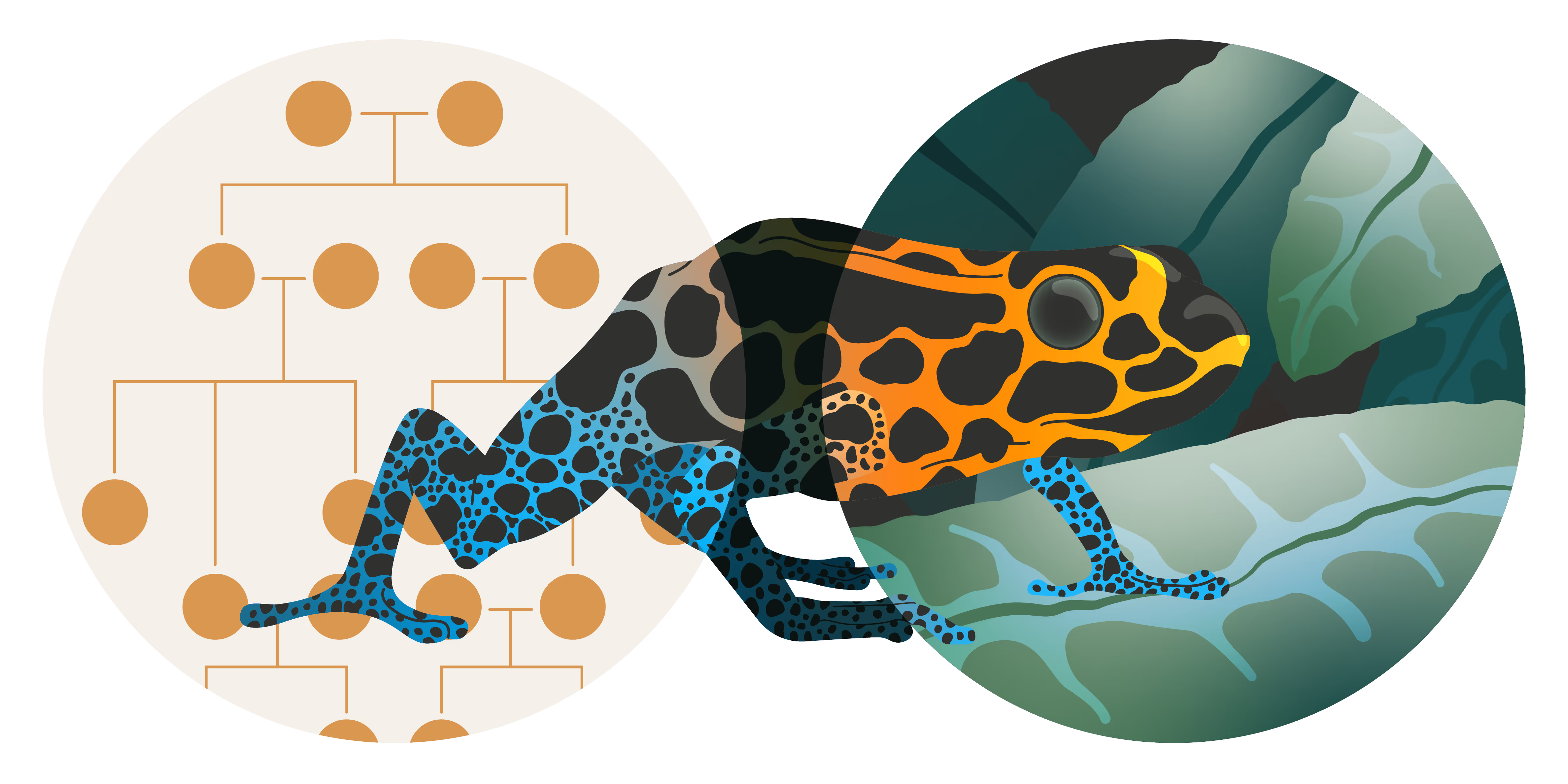
All kinds of families: Evolutionary tuning of neural circuits governing family interactions
Our lab studies the neural basis of family relationships, from parental care and pair bonding to infant behaviors. We explore how parents coordinate care, how infants communicate their needs to parents, and how these interactions shape development and well-being. Using biparental poison frogs that work as a team to care for their offspring and beg them for food with dance, we investigate the neural mechanisms underlying behavioral coordination and communication. This work sheds light on the fundamental processes that sustain family bonds across species.
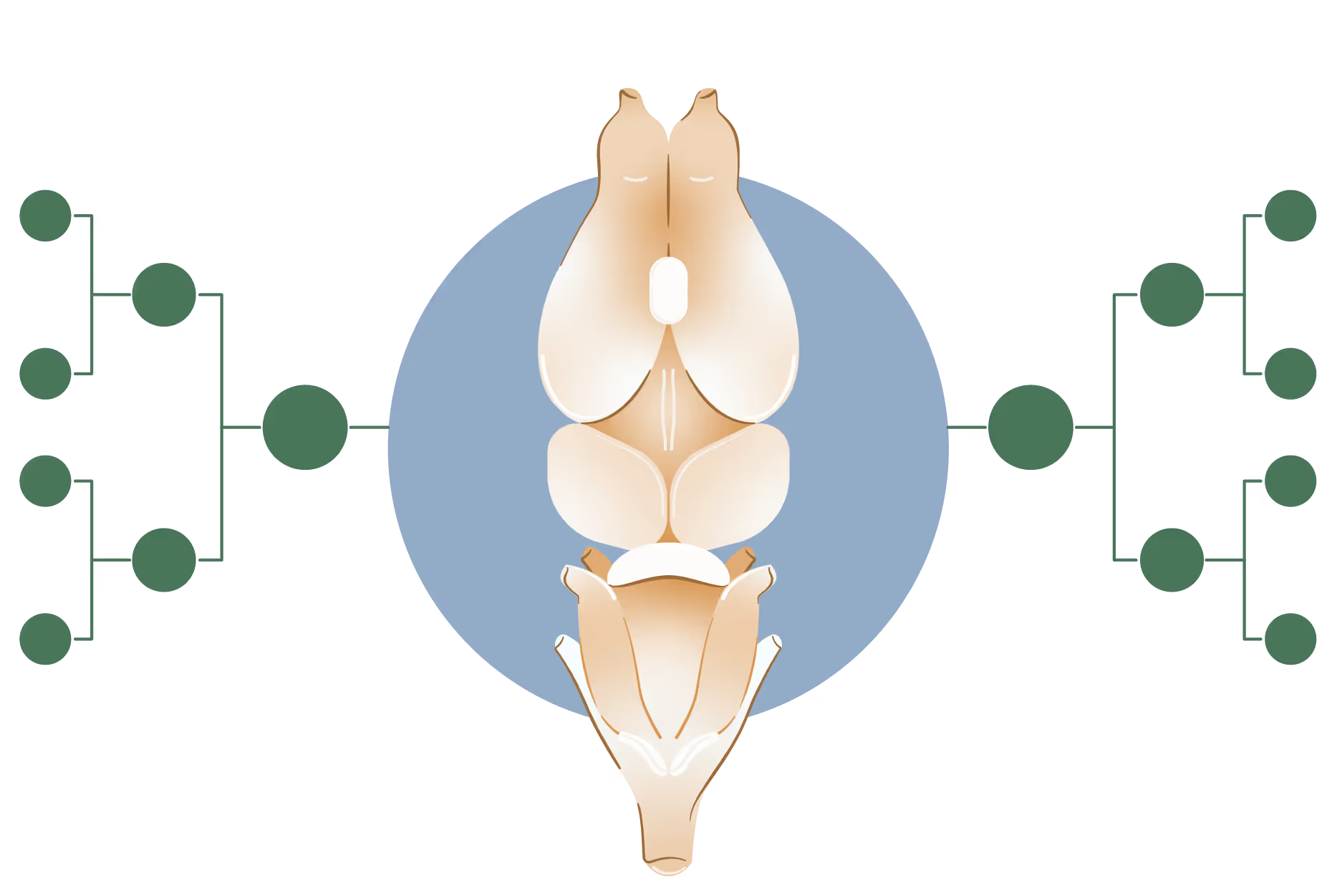
Brains under pressure: Neural adaptations to shifting climates
Our lab investigates the neural mechanisms that enable animals to adapt to changing environments. We study how the brain senses and responds to abiotic factors like temperature and water availability, uncovering what makes some species more resilient or vulnerable to environmental shifts. By exploring these mechanisms, we aim to understand the constraints and flexibility of neural systems that support survival in dynamic ecosystems.
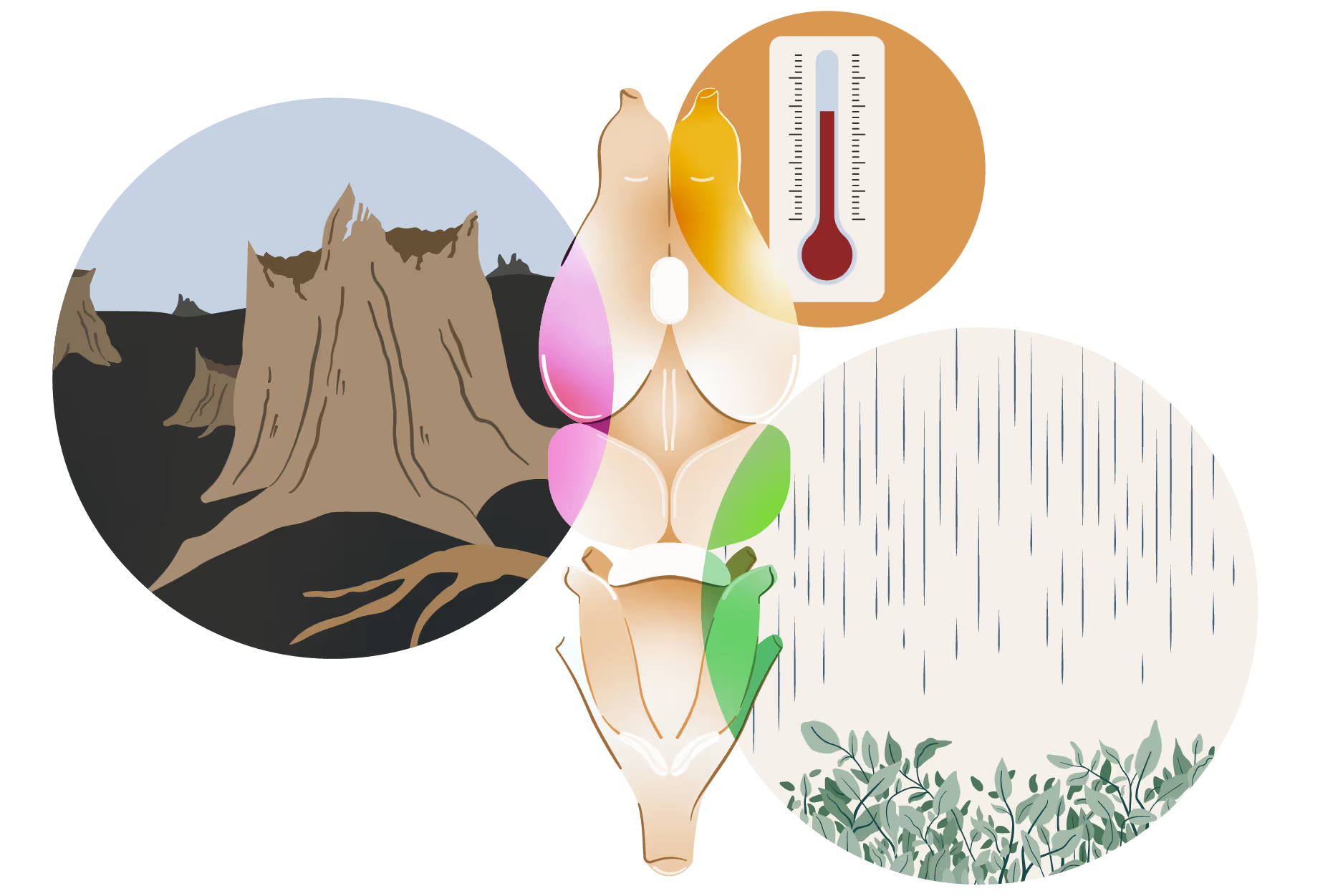
From foes to friends: The neural roots of social bonds and conflict
Our lab investigates the evolution of social behavior, exploring how nervous systems give rise to the remarkable diversity of behaviors seen in the natural world. We study phenomena such as the evolution of female aggression and the spectrum of gregarious to cannibalistic behaviors in tadpoles. These behaviors provide unique opportunities to understand fundamental principles of social behavior, including those challenging to study in traditional laboratory models. By focusing on species with diverse social systems, we gain insights into how neural circuits evolve and diversify, shedding light on the interplay between genetics, social environment, and neuroscience.
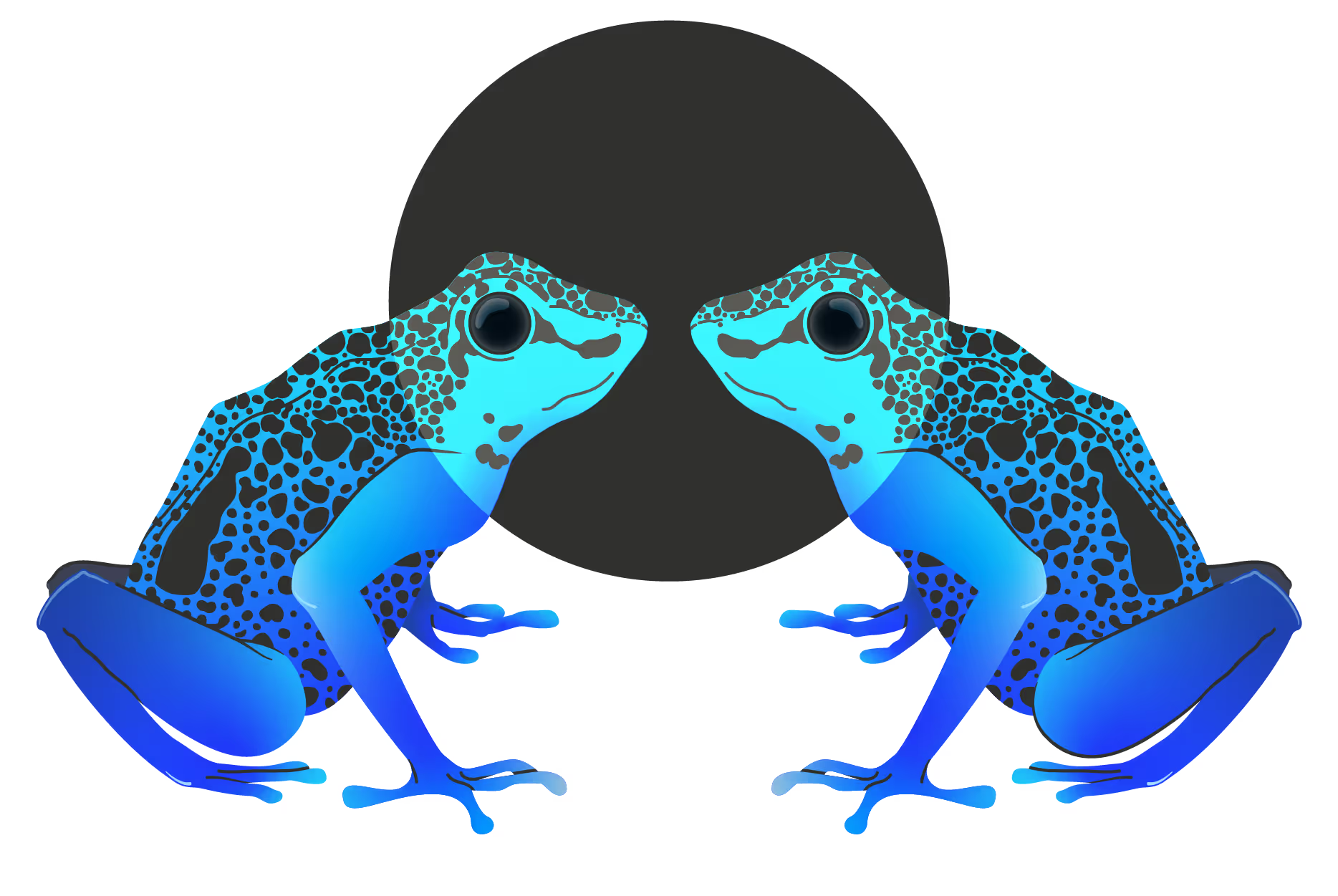
Chemical Ecology
We study how predator-prey interactions evolve and are shaped by the environment, aiming to understand interspecies dynamics and create new chemical tools.

Pick your poison: Neurotoxin sponges and the physiology of chemical defense
Our lab studies anti-toxin proteins to understand how animals have evolved physiological resistance to harmful compounds. We work to uncover the mechanisms behind these adaptations using machine learning, protein engineering, and toxicology. Our goal is to develop anti-toxin proteins capable of neutralizing deadly compounds, providing critical solutions for toxins that pose significant risks to human health.
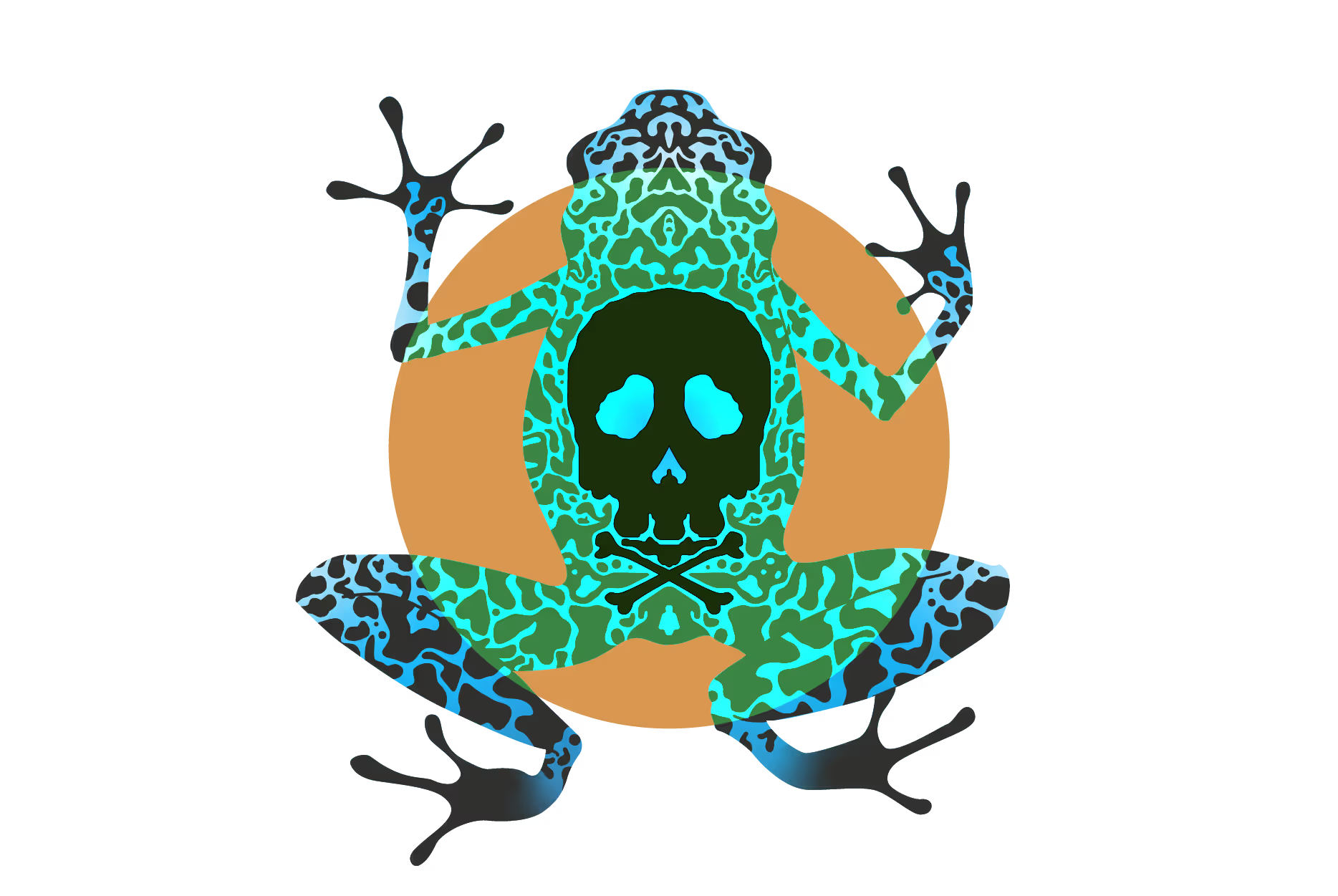
You are what you eat: How diet-derived neuronal actuators shape species interactions
Our research explores how natural products drive interspecies interactions, bridging the fields of chemistry and biology. By combining field and laboratory studies and using approaches such as untargeted metabolomics, high throughput chemical screens, and field manipulations, we work to uncover the nature of these ecological interactions. By identifying chemical actuators of neuronal receptors and revealing biosynthetic pathways, we gain insights into the chemical foundations of ecological dynamics.

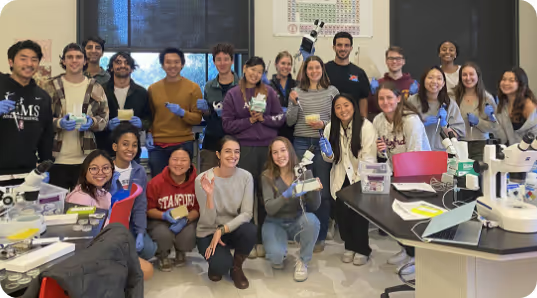
Accessible Science

.avif)
Innovative Research





